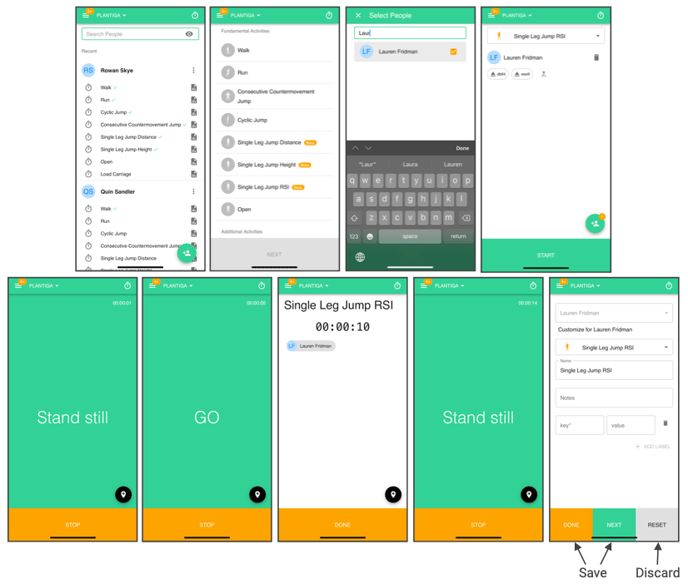An objective way to measure reactive strength and movement quality on one leg, independently of the other.
Here, we'll cover the procedure for single leg jump RSI along with how to interpret the data and the research behind using these assessments.
Single Leg Jumps (SLJ) are a type of plyometric exercise. Plyometrics are exercises that enable a group of muscles to reach maximal strength in as short a time as possible. They help bridge the gap between speed and strength training. Single Leg Jumps give practitioners an objective measure of improvements of power and movement quality during the final stages of rehabilitation for lower limb injuries. Additionally, Single Leg Jumps help to quantify asymmetries as they assess each leg independently of the other.
Procedure for Single Leg Jumps:
Tip: Instruct the person you're collecting data on that the aim the aim of this test is to evaluate their ability to use the stretch-shortening cycle in their leg muscles. The person being tested should try to jump as high as they can and spend as little time on the ground as they can, like they're "hopping on a hot stove."
- Tester navigates to the measure page of the Plantiga app and selects either the Single Leg Jump RSI Test.
- Tester selects the subject that will be performing the activity. Address any warnings that may come up once they have been selected.
- Tester instructs subject to stand still with hands on hips and feet planted firmly on the ground.
- Tester begins the Single Leg Jump Test and the subject remains still as the stopwatch counts down from 5.
- Once ready, the subject performs 5 consecutive jumps with each leg. It does not matter which leg the subject chooses to start with.
- Once all jumps have been performed, the tester instructs the subject to stop and plant their feet firmly on the ground.
- Once still, the tester stops the stopwatch and the subject remains still for 5 seconds.
- Tester saves the Single Leg Jump Test.
How to Record a Single Leg RSI Test:

.png?height=120&name=Plantiga%20lockup%20black%20(1).png)